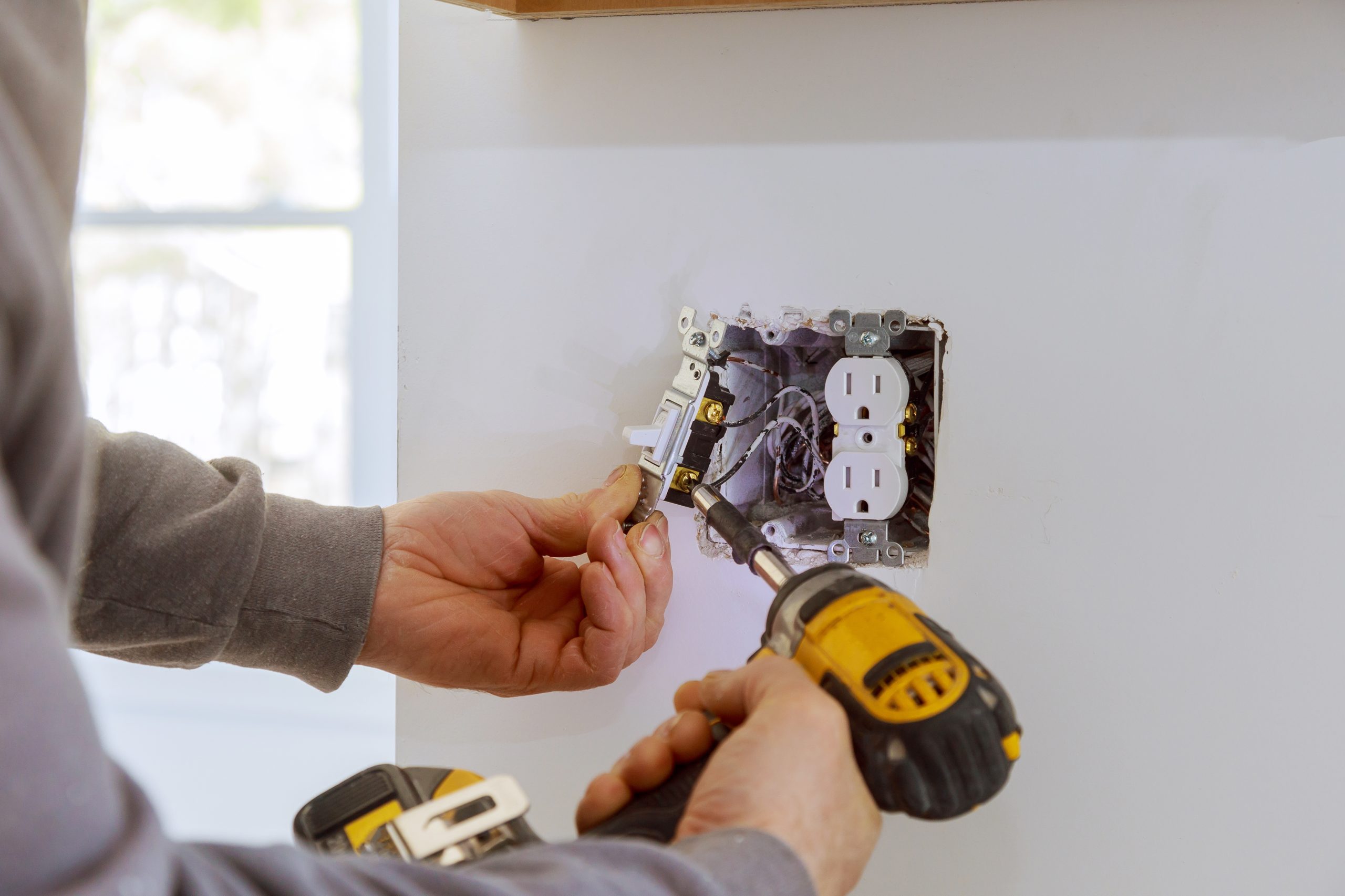When it comes to commercial construction and renovation, safety should be given the topmost priority. Usually, the electrical system in a commercial building is much more complicated than in residential properties because it powers extensive lighting, heavy machinery, HVAC systems, and much more.
Any mistakes in load distribution, wiring, or installation can lead to power outages, electrical fires, and employee injuries. Electricians are the only ones who are capable of doing electrical work, especially in commercial properties, because they have special training to comply with state and national electrical codes.
These codes are extremely important for the safety of both residents and the building itself. Apart from adhering to these codes, they can also manage the challenges regarding commercial projects. This blog explores why hiring a licensed electrician in Fort Worth is not just a recommendation but an absolute necessity for any commercial project.
Compliance And Legal Protection For Businesses
There is no doubt that navigating the maze of electrical regulations can be overwhelming for businesses. A licensed electrician in Fort Worth ensures that every aspect of your electrical installation meets the strictest legal and safety standards. This compliance is critical for:
- Obtaining necessary permits and approvals
- Passing rigorous building inspections
- Maintaining valid business insurance
- Avoiding potential legal liabilities from improper electrical work
Technical Expertise Beyond Basic Wiring
Commercial electrical projects demand far more than simple wiring. Licensed electricians bring specialized knowledge that extends well beyond basic electrical work. They provide:
- Advanced design and planning for complex electrical systems
- Energy efficiency consultations
- Integration of smart building technologies
- Comprehensive electrical system diagnostics and optimization
Cost-Effectiveness In The Long Run
While some businesses might be tempted to cut corners with unlicensed electricians, the long-term costs can be astronomical. A licensed electrician in Fort Worth provides:
- Precise installations that reduce future repair expenses
- Energy-efficient solutions that lower operational costs
- Preventative maintenance to avoid costly electrical failures
- Warranties and guarantees on their professional work
Handling Complex Commercial Electrical Challenges
Commercial projects in Fort Worth often involve sophisticated electrical requirements. Licensed electricians are equipped to handle:
- Large-scale industrial electrical systems
- Advanced technological infrastructure
- Specialized equipment installations
- Critical power management solutions
Technology and Innovation in Modern Electrical Work
Fort Worth’s commercial landscape is rapidly evolving, and licensed electricians are at the forefront of technological innovation. They bring:
- Knowledge of cutting-edge electrical technologies
- Experience with renewable energy integration
- Understanding of smart building management systems
- Expertise in advanced electrical control and monitoring solutions
Choosing the Right Licensed Electrician in Fort Worth
When selecting a licensed electrician for your commercial project, consider:
- Verified professional certifications
- Extensive experience in commercial electrical work
- Positive local references and reputation
- Comprehensive insurance and bonding
- Commitment to ongoing professional development
An Investment in Your Business’s Future
Hiring a licensed electrician in Fort Worth is more than a service—it’s an investment in your business’s safety, efficiency, and long-term success. By prioritizing professional, certified electrical expertise, businesses can ensure robust, reliable, and cutting-edge electrical infrastructure.
Don’t compromise on electrical work. Choose a licensed professional who understands the unique demands of Fort Worth’s dynamic commercial environment. If you want to know more about our services, contact us at Blessed Electric & Air.










